How Affinity Spaces Build A Stronger Outdoor Community
About a year ago I answered interview questions for a brand about how the outdoor community can move forward in its efforts to expand access to natural spaces and outdoor activities for marginalized groups. Within an hour of being posted to Instagram, the interview was taken down because of a “community complaint”. Instagram didn’t tell me why, and I have no evidence of what the complaint was about, I feel certain that it was because of one statement within my response:
“We [BIPOC] will continue, develop or rekindle our ways of enjoying the outdoors and there will be times we invite white folks to support or participate and times when we need our affinity space. White folks, not every space is for you to participate in, or even to understand.”
I am reasonably sure this sentence raised the hackles of the “all lives matter” set, who might have had an emotional response and felt the statement to be discriminatory or exclusionary against white people. Folks who genuinely want to grow in their anti-racist practices but are learning about these concepts might also have felt confused. Perhaps they bristled at the idea of anyone being excluded from an activity. Many identity-based groups are happy to include white participants who are able to center the group’s intended core, but some groups opt to focus only on those with shared identity. White people who don’t understand why the affinity group is sacred and critical are sometimes upset by these participation policies.
Why did I need to state that “not every space is for white people”? Because I've often experienced white people behaving as though every space is for them, stepping over boundary lines based on a deep and unreflective sense of power and belonging. On the other side of that boundary line are physical places, ideas and cultural practices that they don’t have access to. Sometimes their actions seem to be coupled with a semi-violent drive to know (perhaps a quest for omniscience?) and sometimes it appears to be motivated by an earnest, genuine desire to understand. —-- Either way, the negative impact is often the same.
There’s a term for this phenomenon, which helped me name what I was experiencing.
Scholar Shannon Sullivan first described “ontological expansiveness” in 2006. Ontology is a field of study that explores concepts of being, becoming, existence and reality. So essentially the term means expanding, or expansiveness as a fundamental mode of operation.
In her book Revealing Whiteness, Sullivan defines ontological expansiveness as “ the pre-reflective and often unarticulated assumption that “geographical, psychical, linguistic, economic, spiritual, bodily [spaces]...are or should be available for white people to move in and out of as they wish. It assumes that a person can or should have mastery over [their] environment”
This way of thinking and acting is an unconscious habit. Humans operate out of habit - Sullivan paraphrases philosopher John Dewey who notes that all organisms are “predispositioned to transact with its physical, social, political and natural worlds in particular patterned ways”. Additionally, Sullivan states that unconscious habits put up obstacles to personal and political transformation, such as defense mechanisms and projections.
Social psychologist Christena Cleveland further develops the concept in a way that resonated for me. She says that ontological expansiveness is “driven by thoughtless expansion and extraction with very little concern for the well-being of the indigenous beings who inhabit the space…. It’s about encountering an inspiring spiritual idea and automatically deciding it’s yours for the taking… it’s about audaciously believing that there is no topic or area that you can’t become an expert on.” As we have all been shaped by white supremacy, we can all act out of this framework until we actively identify and seek to heal from it. We must take responsibility for the ideas that have shaped us and the systemic impacts these ideas have.
This plays out in every societal arena. It is what is happening when white people ask to touch Black hair (or just go and touch it without permission) and when they call the police on us to report that… we’re just living our lives. It’s also what is happening when white people assume complete access to cultural and spiritual spaces not their own, such yoga practice, African dance or Ayahuasca ceremonies.* And it plays out in outdoor communities and spaces. Of course this is most evident in the original settler colonization and appropriation of the land we call the U.S. Everyday examples include: when white people ask to join a group activity that is clearly designed to center BIPOC, or on the trail when they feel comfortable interrogating me about who I am and where I’m going and how prepared and experienced I am. When white people launch outdoor organizations, campaigns and initiatives intending to serve marginalized groups, without first seeking to understand what the community wants and needs and whether or not they want white partnership.
Mardi Fuller atop Mt. Abraham
In addition to being an existential threat to nature and ecosystems, ontological expansiveness both threatens affinity spaces for BIPOC and other marginalized groups, and it deepens the need for them. Affinity spaces are an important piece of the movement to open up access to outdoor spaces and activities. They offer us respite from the ways we have been depleted by the effects of racism, large and small. They allow us to be unapologetic in our identities, present to each other and not have to defend our culture or translate our humor or phraseology. They provide opportunities to learn and practice a skill outside of the white gaze. They invite us to reaffirm and celebrate our worth so that we have the strength to exist and interact within a society that devalues us at every level. The significance of affinity spaces is palpable when we gather in person as well as when we’re apart. Whether we are experiencing the outdoors together or alone, we know we have each other for support and we are always bringing knowledge and energy back to the group as a contribution to our communal understanding. We come together as groups who have been systematically excluded from power and prosperity and were not even considered when white men imagined the US environmental ideology that birthed the subsequent parks and programs we know today. We create our own safe havens within the outdoor community and can bring our unique strength and leadership back to the larger group, including white people.
I had a moment a couple years ago that clarified how important fellowship with other Black people had become to me. I was at the crux of a very long winter hiking traverse. As my party approached treeline and the exposed ridge we were relieved to find favorable conditions. My heart filled with gratitude for the mountains, and for my companions with whom I’d hiked safely and happily. In that moment, I recognized that it wasn’t simply physical energy and mental fortitude propelling me forward, but also the new security in my outdoor identity forged through relationships with other Black nature lovers. Even though they weren’t with me on that day, I knew that what I am continually learning and experiencing about celebrating Blackness in nature provides me grounding and inspiration to feel at home, and myself outdoors.
*Don’t come @ me; I’m not telling you not to take yoga and dance class. But it’s more complex than the ubiquity and relative affordability and ease of access suggest. Because these are sacred centuries-old practices for people.

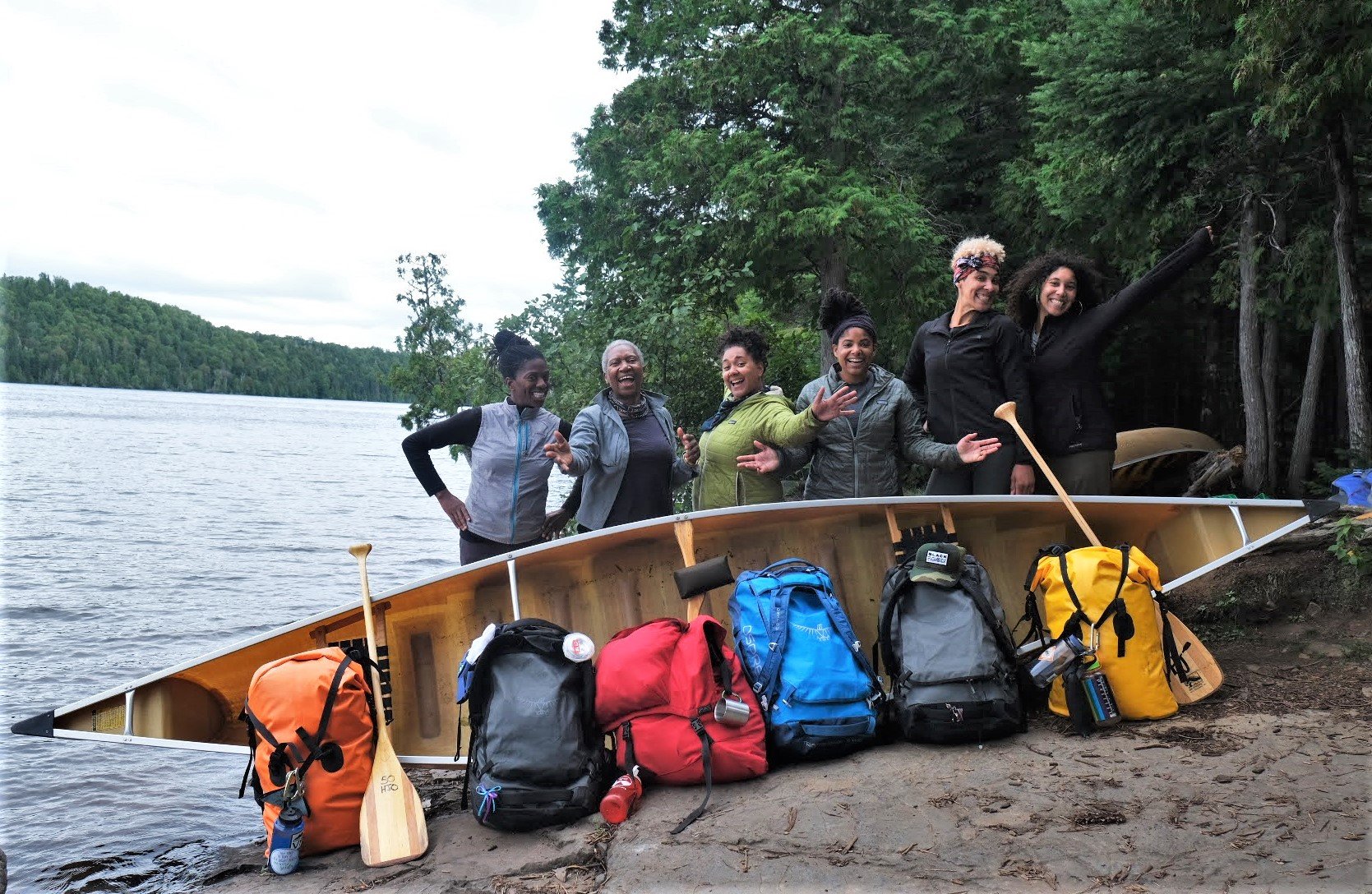





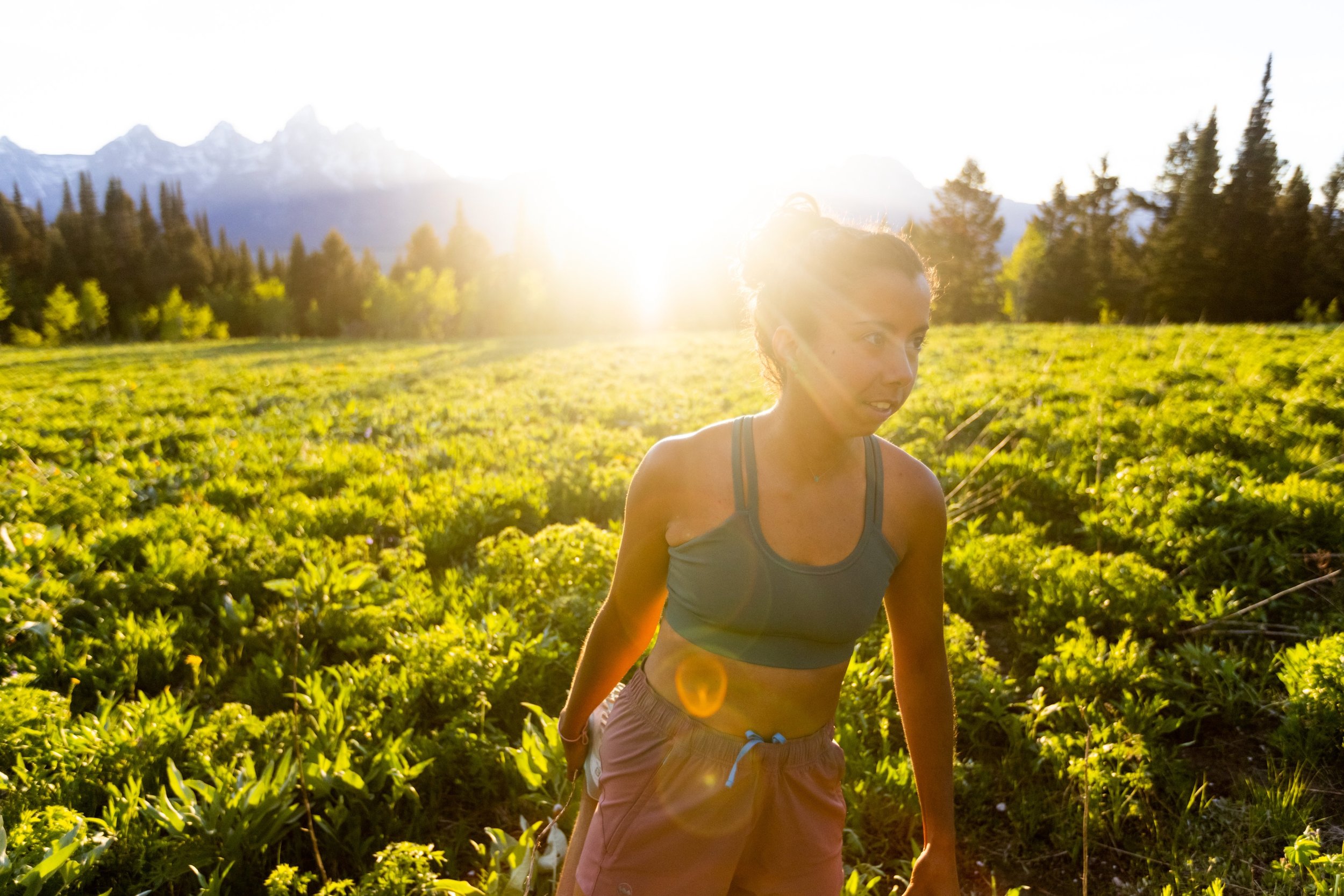
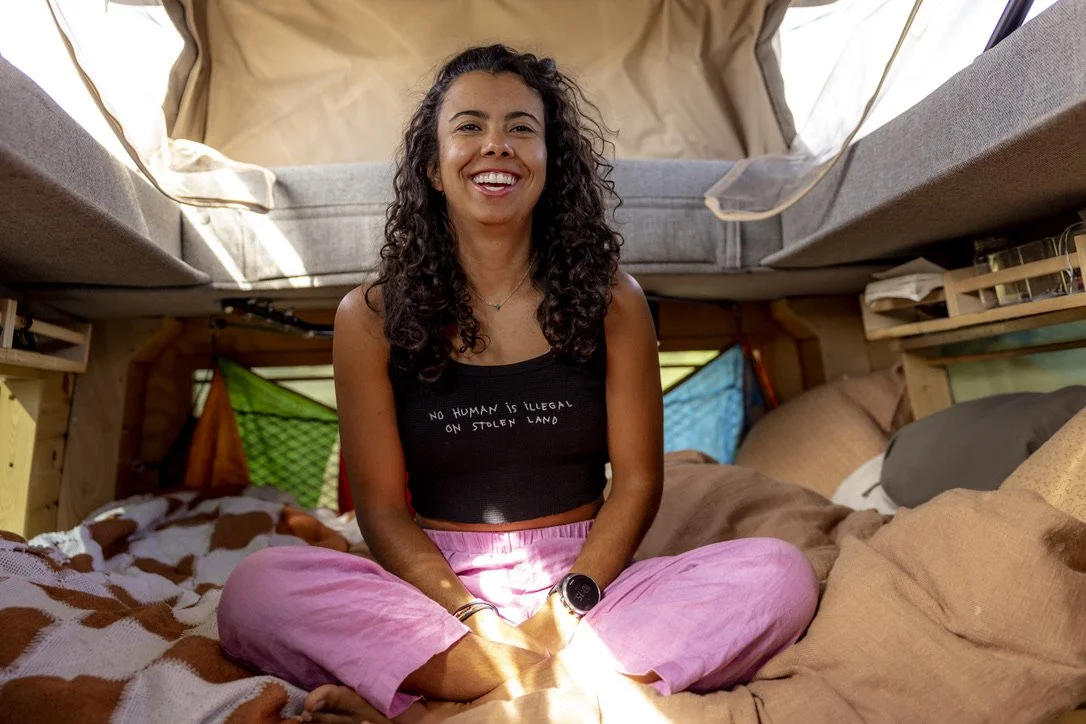
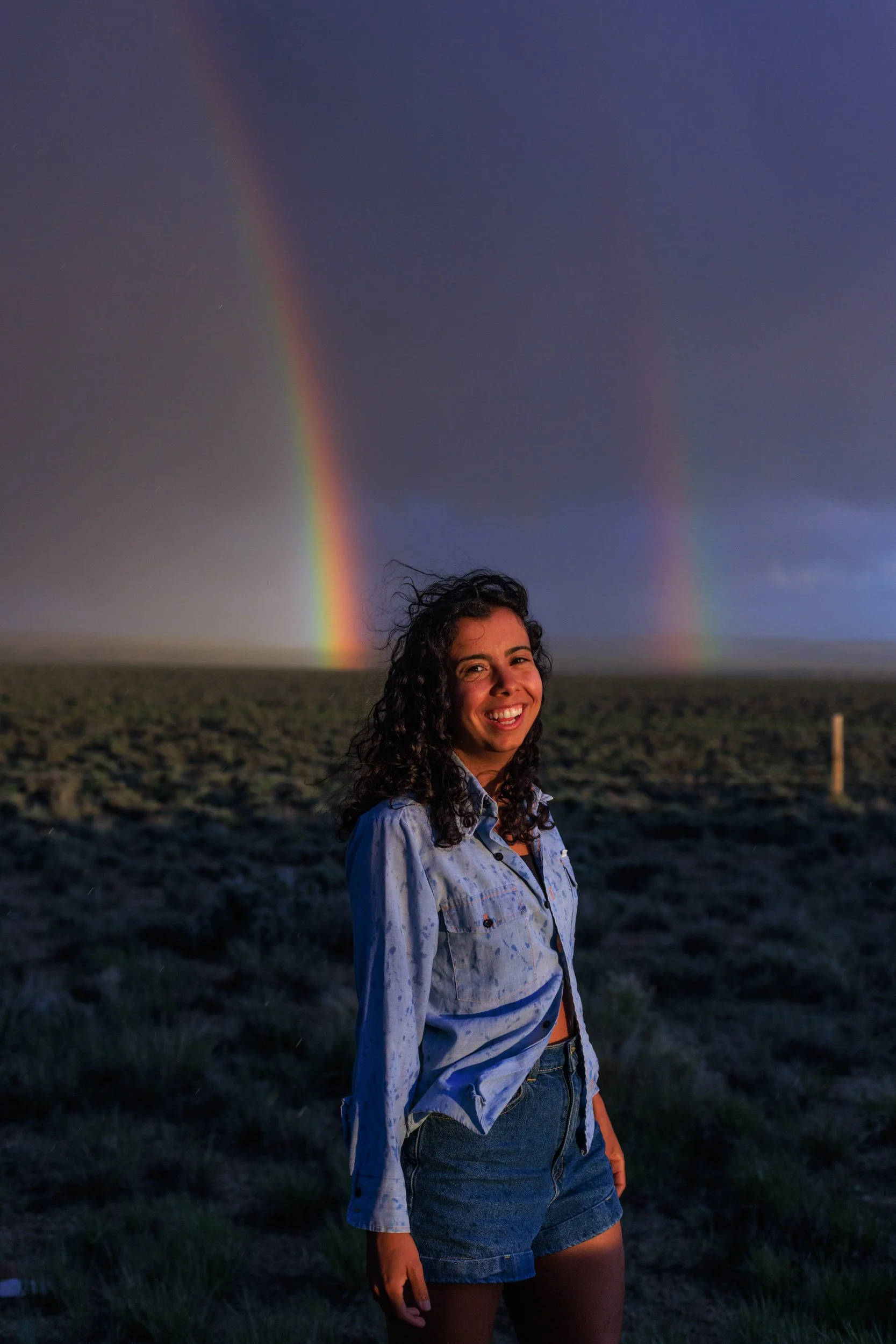




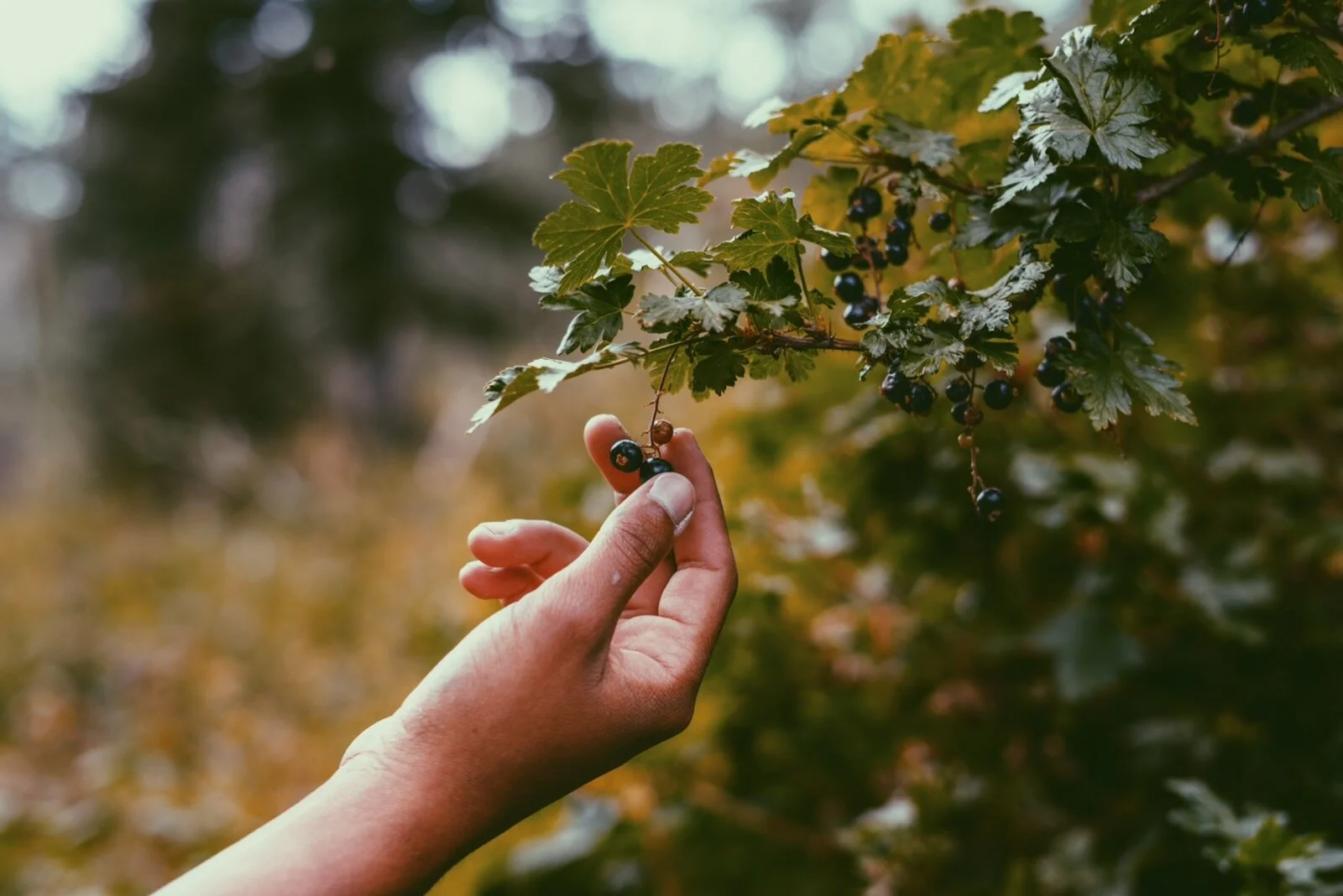

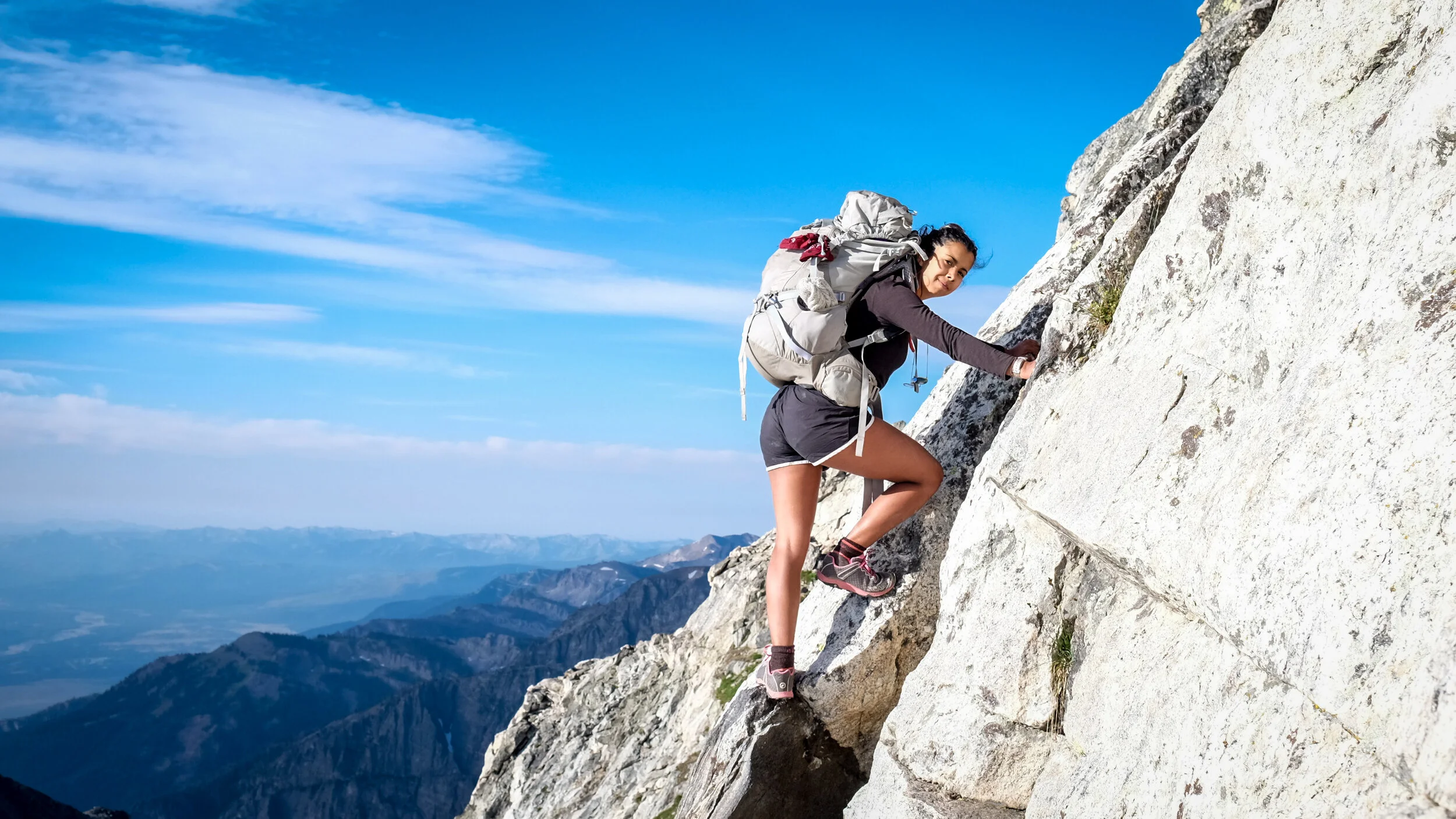





This election year, I’d like to illuminate the well known but unnoticed ways white supremacy bars immigrants and people of color from voting. I’d like to remind you that this demographic comprises over 50 million people.